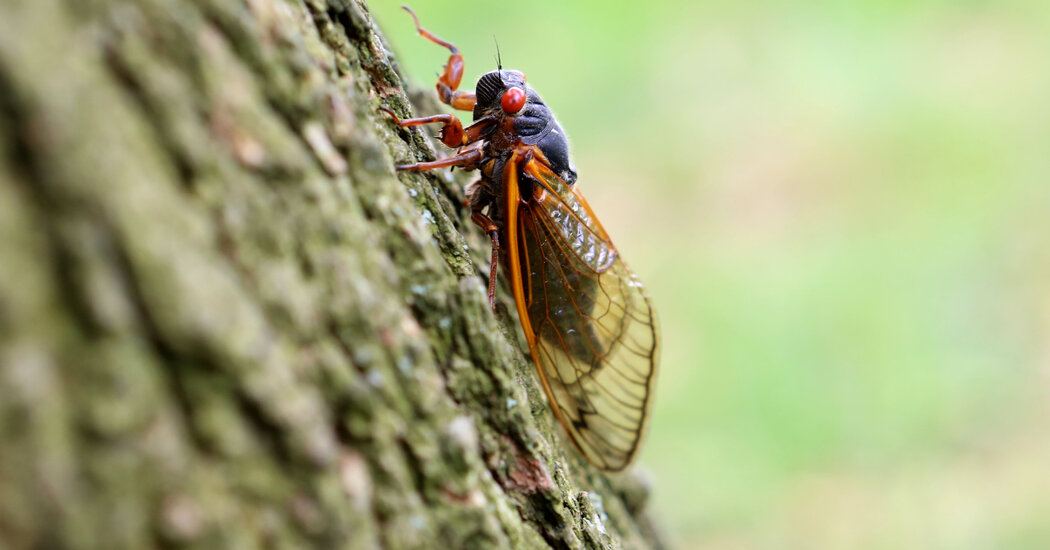Brood XIX and Brood XIII will both emerge this spring. The last time these bugs showed up at the same time in the United States, Thomas Jefferson was president.
The cicadas are coming — and if you’re in the Midwest or the Southeast, they will be more plentiful than ever. Or at least since the Louisiana Purchase.
This spring, for the first time since 1803, two cicada groups known as Brood XIX, or the Great Southern Brood, and Brood XIII, or the Northern Illinois Brood, are set to appear at the same time, in what is known as a dual emergence.
The last time the Northern Illinois Brood’s 17-year cycle aligned with the Great Southern Brood’s 13-year period, Thomas Jefferson was president. After this spring, it’ll be another 221 years before the broods, which are geographically adjacent, appear together again.
“Nobody alive today will see it happen again,” said Floyd W. Shockley, an entomologist and collections manager at the Smithsonian National Museum of Natural History. “That’s really rather humbling.”



It is cool as hell, and for anyone who’s going “huh?”, I’m going to get this half wrong, but it has to do with making sure they don’t fall into “rythem” with their predators cycles. The odds of synchronizing to a prime are lower (because years are integers and a prime can only be in sync with itself or larger, not smaller).
Trees will have mast years on primes where they’ll produce just a crazy amount of acorns. Because they haven’t in so long, the squirrel population etc didn’t explode. So they’ll feast that year but can’t get to them all, and while the population of squirrels might grow that year, next year is a low acorn year again.
Is this why the pon farr is every 7 years
I just want to say I needed a laugh this morning and you delivered lmfao. Thanks stranger.
Last year winter my acorn problem was insane! Not so bad this winter